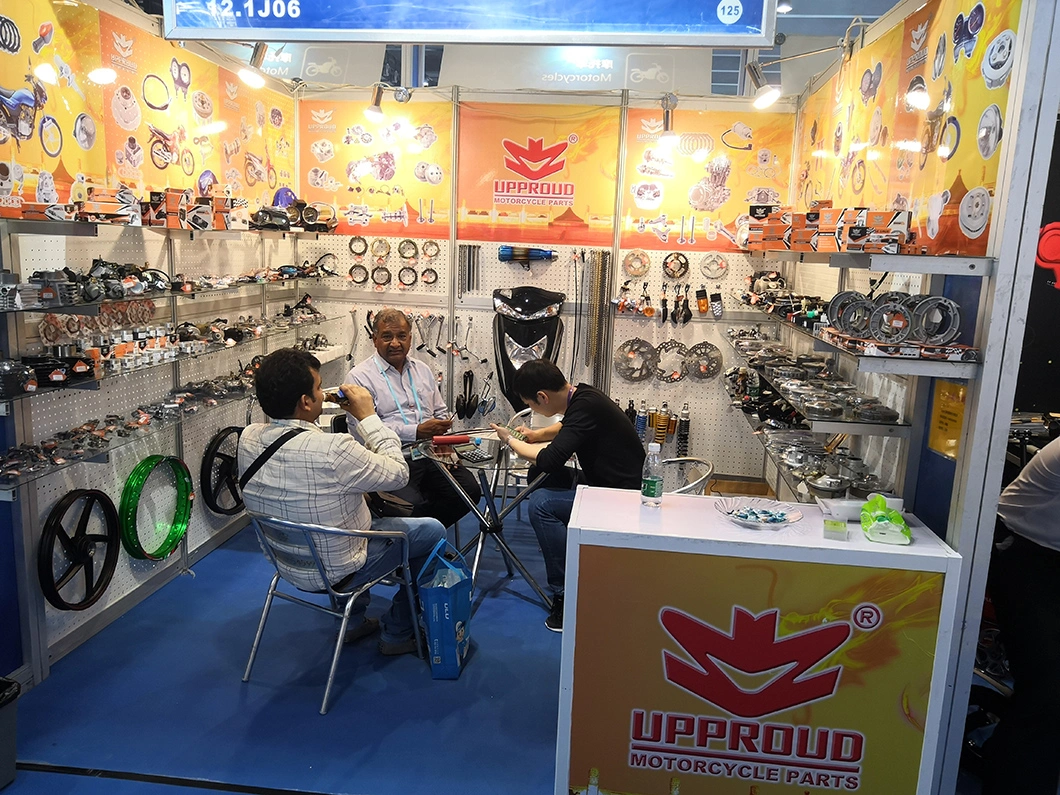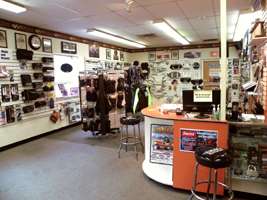Comprehending the Vital Parts of a Bike: A Comprehensive Overview for Fanatics
For motorbike lovers looking to boost their riding experience and ensure their bikes run efficiently, comprehending the essential elements of a bike is vital. Each aspect, from the engine's elaborate operations to the essential function of the braking devices, not only affects performance yet also safety and security and convenience. This guide will certainly stroll via the basic components that every biker must recognize with, enabling informed selections in both upkeep and prospective upgrades. As we start this expedition, one must ask: just how does each component engage to create the smooth ride every lover looks for?
Engine Components

The camshaft plays an important function in managing the timing of the engine's valves, ensuring the exact opening and closing required for reliable fuel and air intake, in addition to exhaust expulsion. This timing is important to preserving optimum engine performance and effectiveness. Additionally, the carburetor or fuel injection system, depending on the bike design, is accountable for mixing air with gas in the correct ratio for burning.
The cooling system, either air or liquid-based, works to keep the engine's temperature level within functional restrictions, avoiding getting too hot and guaranteeing long life - motorbike shop. Each element, meticulously made and incorporated, adds to the smooth operation of the engine, defining the bike's power output and overall performance
Transmission System
Essential to the bike's functionality, the transmission system ensures effective power transfer from the engine to the wheels. This system comprises numerous critical parts, consisting of the clutch, transmission, and final drive, each playing an essential function in converting the engine's power right into activity. The clutch, usually run by a hand bar, offers to involve and disengage the engine from the transmission, enabling smooth gear changes and controlled velocity.
The gearbox, often described as the transmission correct, has a set of equipments that motorcyclists can by hand shift through to adjust the bike's rate and torque outcome. These equipments are prepared in a sequence that allows the motorbike to increase smoothly and keep ideal engine performance throughout various rates. Most motorcycles use a consecutive transmission, needing the biker to change gears in an established order.
Braking Systems
While recognizing the transmission system is crucial to harnessing a motorbike's power, similarly important is the capacity to control and stop that power properly, which is where braking mechanisms enter into play. Brakes are crucial for safety and performance, giving the rider with the required control to browse numerous terrains and problems. Typically, motorbikes include two types of braking systems: disc brakes and drum brakes.
Disc brakes are a lot more widespread in modern-day bikes due to their exceptional performance. This system uses better warmth dissipation, consistent performance, and improved quiting power, specifically in damp problems.
Alternatively, drum brakes, though much less common, are still located in some motorbikes. They work by pushing brake footwear versus the internal surface area of a drum affixed to the wheel. While typically less efficient in heat dissipation and quiting power, drum brakes are easier and extra economical.
Understanding these stopping systems' nuances enables cyclists to maintain their bikes effectively and appreciate the engineering that makes sure safe and reliable stopping.
Suspension and Steering
Suspension and steering systems are essential elements that significantly influence a motorcycle's handling and trip comfort. The shock absorber, consisting of forks at the front and shock absorbers at the rear, soaks up road abnormalities, boosting stability and control. Front forks, typically telescopic or inverted, compress and rebound to minimize influences, while rear shock absorbers preserve tire contact with the roadway, crucial for traction and safety.
Steering, focused my latest blog post around the handlebars, connects the rider to the bike's directional control. The guiding head bearings guarantee smooth operation, enabling specific ability to move. Proper alignment and maintenance of these bearings are essential for foreseeable steering action and reducing rider exhaustion.
The suspension's adjustability is an additional essential facet; preload, damping, and rebound setups allow modification to match different riding styles and conditions. This versatility is vital for maximizing performance, whether browsing city roads or dealing with rugged trails. Innovations like digital shock absorber provide real-time modifications, enhancing adventure top quality across diverse terrains.

Electrical Solutions
After ensuring a smooth and controlled trip through reliable suspension and steering systems, focus turns to the electrical systems, a critical aspect of contemporary motorcycles. These systems play an important role not only in beginning the engine however additionally in powering different elements that enhance the performance and safety and security of the motorbike.
At the heart of a bike's electric system is the battery, which stores electrical energy necessary for starting the engine and powering supporting systems - mx gear nz. The generator or generator, coupled with the rectifier-regulator, guarantees the battery continues to be charged while the bike is in operation, transforming mechanical this page energy right into electrical power and maintaining voltage levels
The ignition system, an additional important component, is liable for igniting the air-fuel blend in the engine's cyndrical tubes. Modern motorbikes often use an electronic ignition system, using higher efficiency and dependability compared to conventional systems.
Lights systems, consisting of fronts lights, tail lights, and signs, are also important, ensuring visibility and security for the cyclist. Additional electronic elements such as sensors, control systems, and displays contribute to innovative attributes like fuel injection management, anti-lock braking systems (ABDOMINAL MUSCLE), and electronic control panels, better improving the riding experience.
Verdict
A complete understanding of a motorcycle's important elements, including the engine, transmission system, braking systems, suspension, steering, and electric systems, is essential for enthusiasts intending to optimize comfort, safety and security, and performance. Mastery of these components permits notified decisions regarding upkeep and upgrades, inevitably boosting the riding experience. By integrating this expertise, bikers can ensure their motorbikes operate at peak efficiency and integrity, therefore making the most of both satisfaction and longevity of their cars.
For motorbike enthusiasts Get More Info looking to raise their riding experience and guarantee their bikes run smoothly, understanding the important parts of a bike is vital.Important to the bike's functionality, the transmission system makes sure reliable power transfer from the engine to the wheels.While understanding the transmission system is essential to utilizing a motorbike's power, similarly vital is the capacity to manage and stop that power properly, which is where stopping devices come into play. Generally, motorcycles feature 2 kinds of braking systems: disc brakes and drum brakes.
A thorough understanding of a bike's crucial elements, including the engine, transmission system, stopping devices, suspension, guiding, and electrical systems, is indispensable for fanatics intending to maximize safety and security, performance, and convenience.